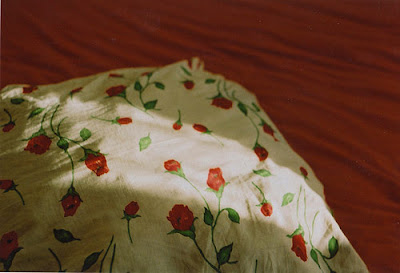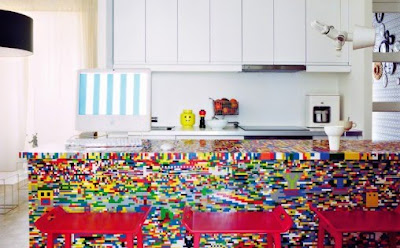The art of pitching (El arte de convencer)
24 oct 2009
Concisa explicación de Guy Kawasaki, donde explica su método para exposiciones 10/20/30. Que significa 10 diapositivas, 20 minutos de exposición y 30 puntos de tamaño para la fuente. Lo curioso es el algoritmo que se inventa sobre el 30, que sería la edad de la persona más mayor de la exposición dividido entre dos, así que "a menos que estés dando una presentación a chicos de 16 años, no uses tamaño 8".
Transcripción casi completa:
The next thing is the art of pitching.
Pitchin is ussually used to raise money. But pitching, more generically is about the process of seeking agreement. You can seek agreement for money, you can seek agreement to recruit, you can seek agreement for partnership, you can seek agreement for sales. Pitching. You know, the latin saying "I think, therefore I am", for an entrepreneur it is "I pitch, therefore I am". An entrepreneur is always pitching. There is what I call the 10/20/30 rule.
The 10 part of the 10/20/30 rule is the optimal number of slides for a powerpoint pitch is ten.
(Title, problem, solution, business model, underlying magic, marketing and sales, competition, team, projections, status and timeline)
Maybe is 15, but it's not the 50 you think it is. If you can cover this ten subjects very well, the next step will be due diligence. Many people think that if you put 50 slides together (...) I have never ever see that happen. Right?
The purpose of a pitch is to get to the next step, to due diligence...
The second point is a 20. I think you'd be able to use this ten slides in 20 minutes. You may have a 60 minutes meeting, but i can guarantee you that it will start late, the partners of the firm will come in late, if you're using a windows laptop, you can't make it work with the projector... something will go wrong.
And the third point is 30 points font. The smallest font you should use in a slide is 30 points. This single recommendation will prevent you getting in trouble with more slides. Lots of people like to use 8, 10 or 12 point fonts, they like to write out the entire paragraph, and then they read the paragraph. People can read faster than you can talk, so if you put all of the text you wanna say, they will read it, if they see it, and then they will be done before you'd explained.
The ideal size font is 30. If you think this is too traumatic, let me give you an algorithm. The algorithm is: find out who the most old person will be in the meeting, take that age and divide by two. So unless you're presenting to 16 year olds, donot use the 8 pt font.
Vía los apuntes de miguel.
Telecom NZ
20 oct 2009
 Nueva imagen corporativa para una gran compañía de telecomunicaciones de Nueva Zelanda, que opera también en Australia. Según ellos, refleja las redes de conexiones, y la libertad de hacer las cosas como uno mismo quiere. (traducción daquela maneira).
Nueva imagen corporativa para una gran compañía de telecomunicaciones de Nueva Zelanda, que opera también en Australia. Según ellos, refleja las redes de conexiones, y la libertad de hacer las cosas como uno mismo quiere. (traducción daquela maneira).


Vía.
Ventilador Dyson

No queda ningún blog que no se precie que no haya hablado del nuevo ventilador de Dyson (el diseñador / ingeniero de la aspiradora que no pierde presión). Con su forma de lupa gigante, genera aire de un modo contínuo. Puede servir también para hacer saltar a un león a través de él. :D
Anillos para conectados
19 oct 2009


Hacía tiempo que no actualizábamos la categoría de mundo friki, así que aquí un detalle romántico. Creadas en plata por YuYu Design.
Cocina de Lego
La foto infinita de Flickr
18 oct 2009
La irreverencia de Jeanelle Mak
La mesa antimesa


O podría titularlo la mesa antimesita (que no antisemita). Su creador simplemente quiso crear una mesa como crítica a las mesas por su pura función: Milica Balubdzic. Un artista.

Alianzas dactilares
 Alianzas personalizadas con tu propia huella dactilar. Más personalización, imposible. Cuestan 275 dólares.
Alianzas personalizadas con tu propia huella dactilar. Más personalización, imposible. Cuestan 275 dólares.Vía (Gracias Cintia)





















 Ingeniosas y originales soluciones de este estudio de diseño gráfico y corporativo.
Ingeniosas y originales soluciones de este estudio de diseño gráfico y corporativo. 






















